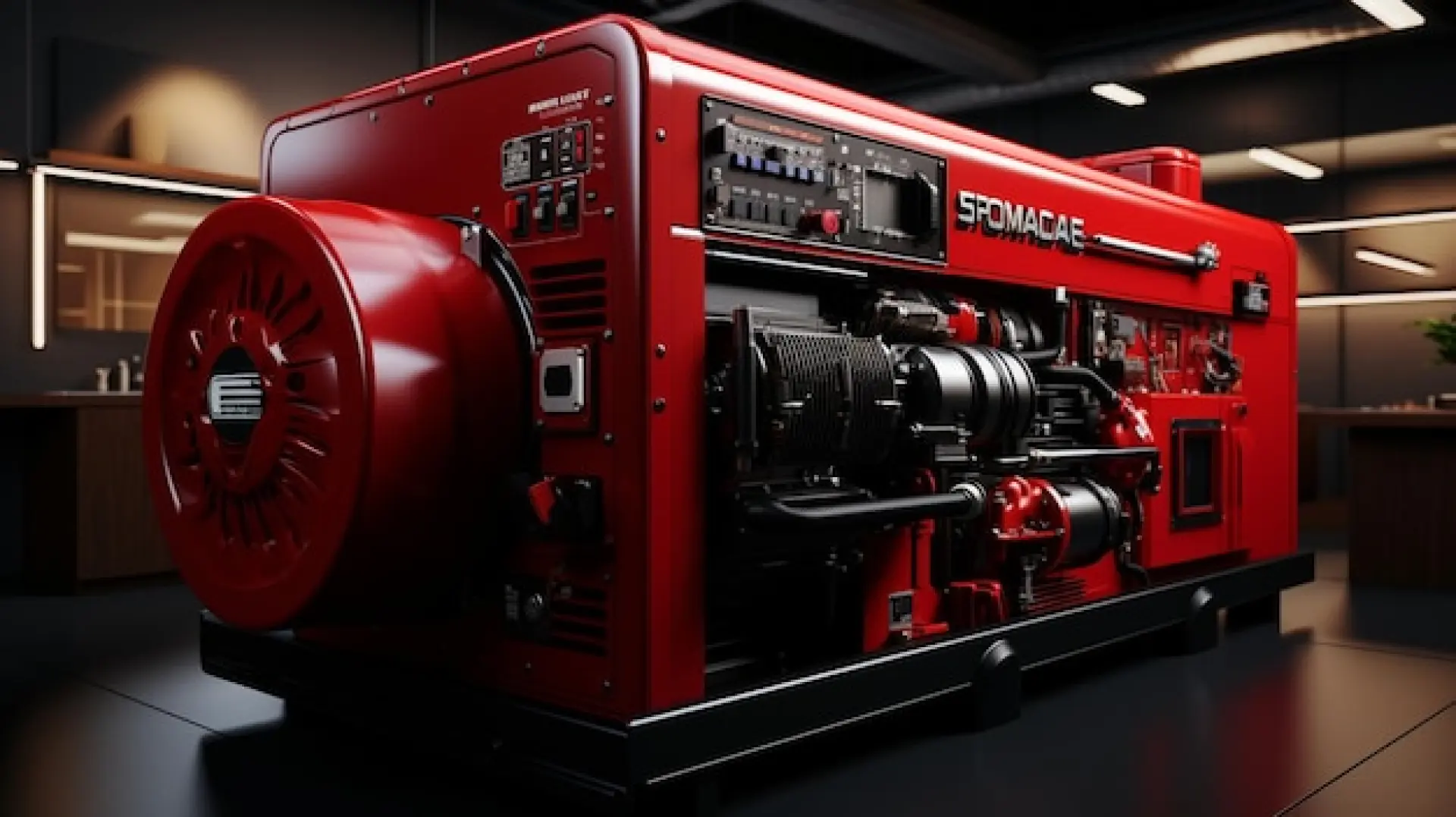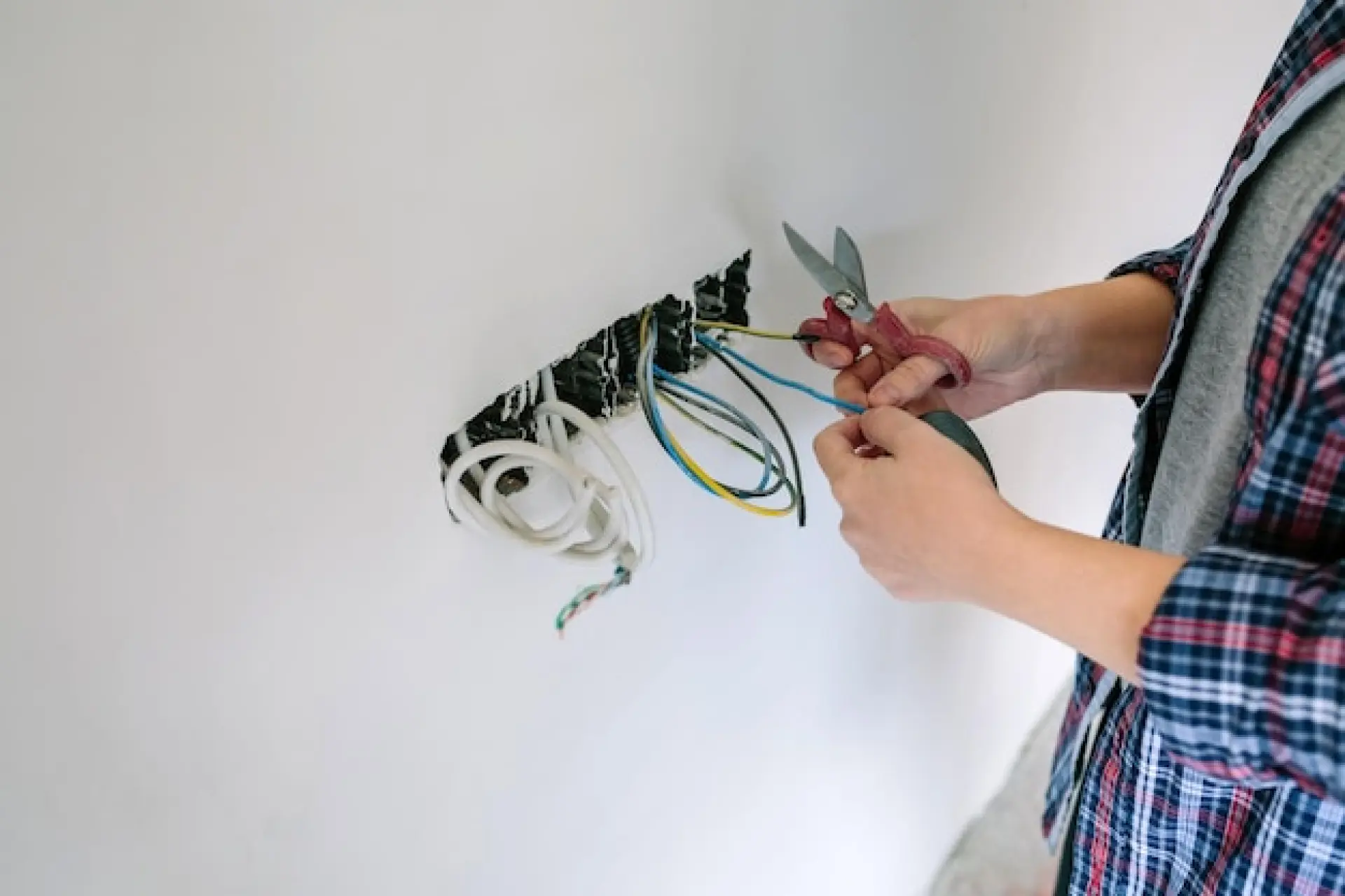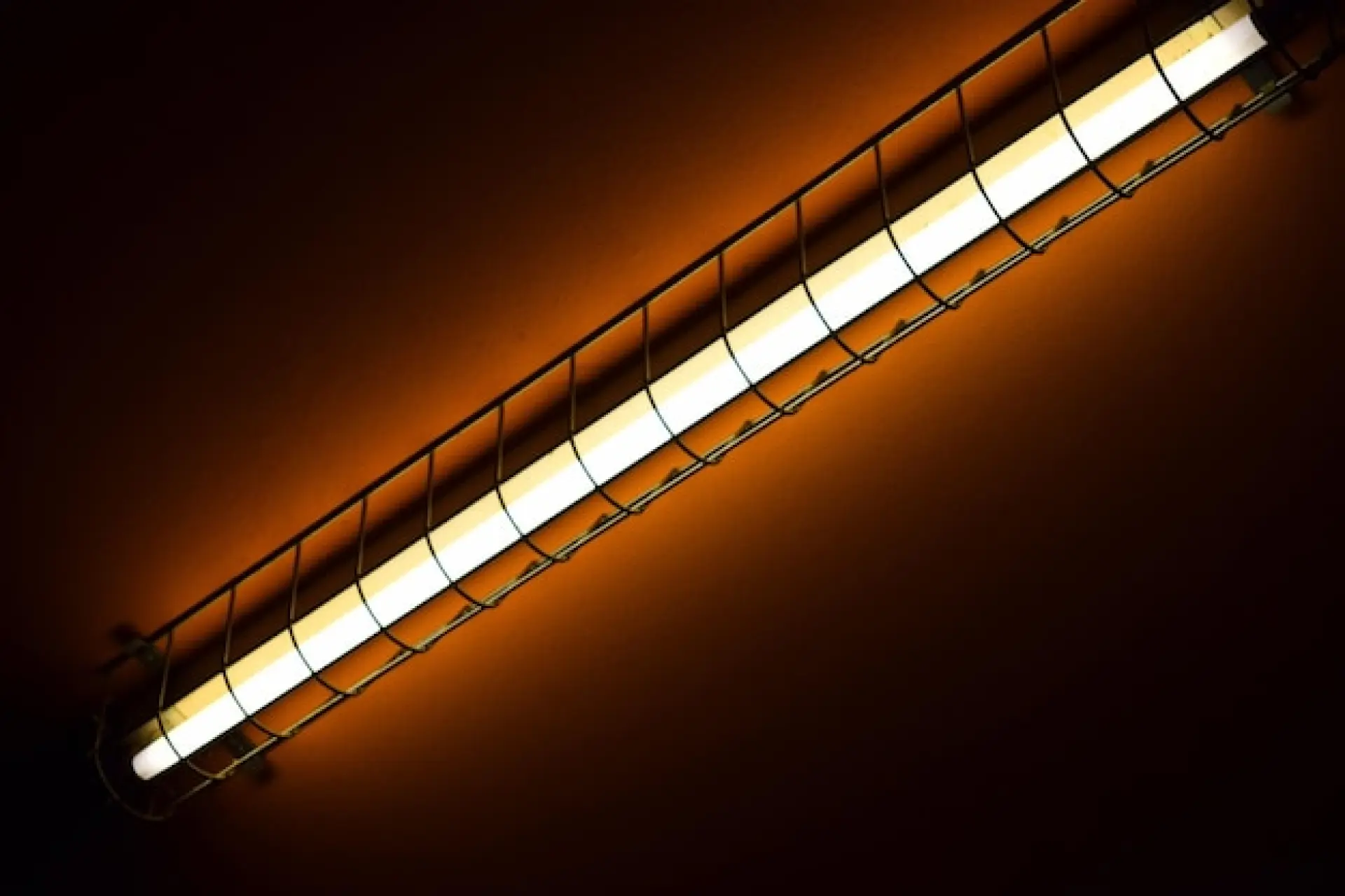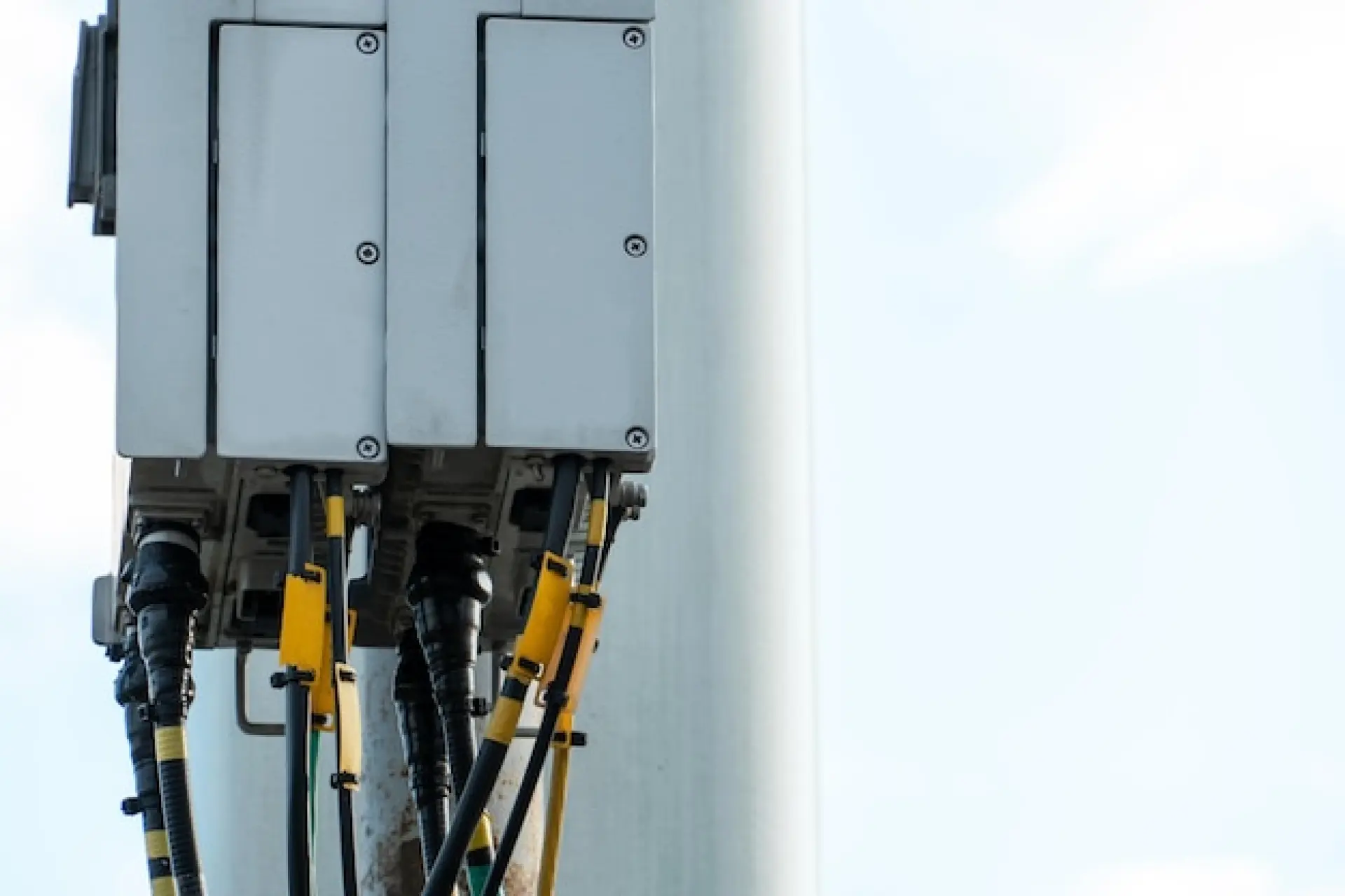Prepare effectively with our Key Considerations before installing a back-up generator. Identify essential appliances and their power needs, consider various generator types and their pros and cons, and understand the crucial role of installation location.
Assessing Your Power Needs
Before installing a back-up generator, it is essential to determine your power requirements. Identify which appliances and systems must remain operational during a power outage. Critical items may include heating systems, refrigerators, lighting, and medical equipment. Make a list of essential devices and check their wattage requirements.
You should also consider how frequently and for how long power outages occur in your area. If outages are rare and short-lived, a smaller generator may suffice. However, if prolonged outages are common, you might need a larger unit. Consulting an electrician can help ensure you choose a generator that meets your energy needs without overspending on excess capacity.
Choosing the Right Type of Generator
Generators come in different types, each suited to specific needs. Standby generators are permanently installed, automatically turning on when power is lost. These are ideal for homes and businesses requiring uninterrupted power. Portable generators, on the other hand, are cost-effective and suitable for occasional use.
They need to be manually started and connected when needed. Inverter generators provide stable power output, making them ideal for sensitive electronics. Consider fuel options as well—diesel, petrol, natural gas, and propane are common choices. Each fuel type has different availability, storage, and maintenance requirements.
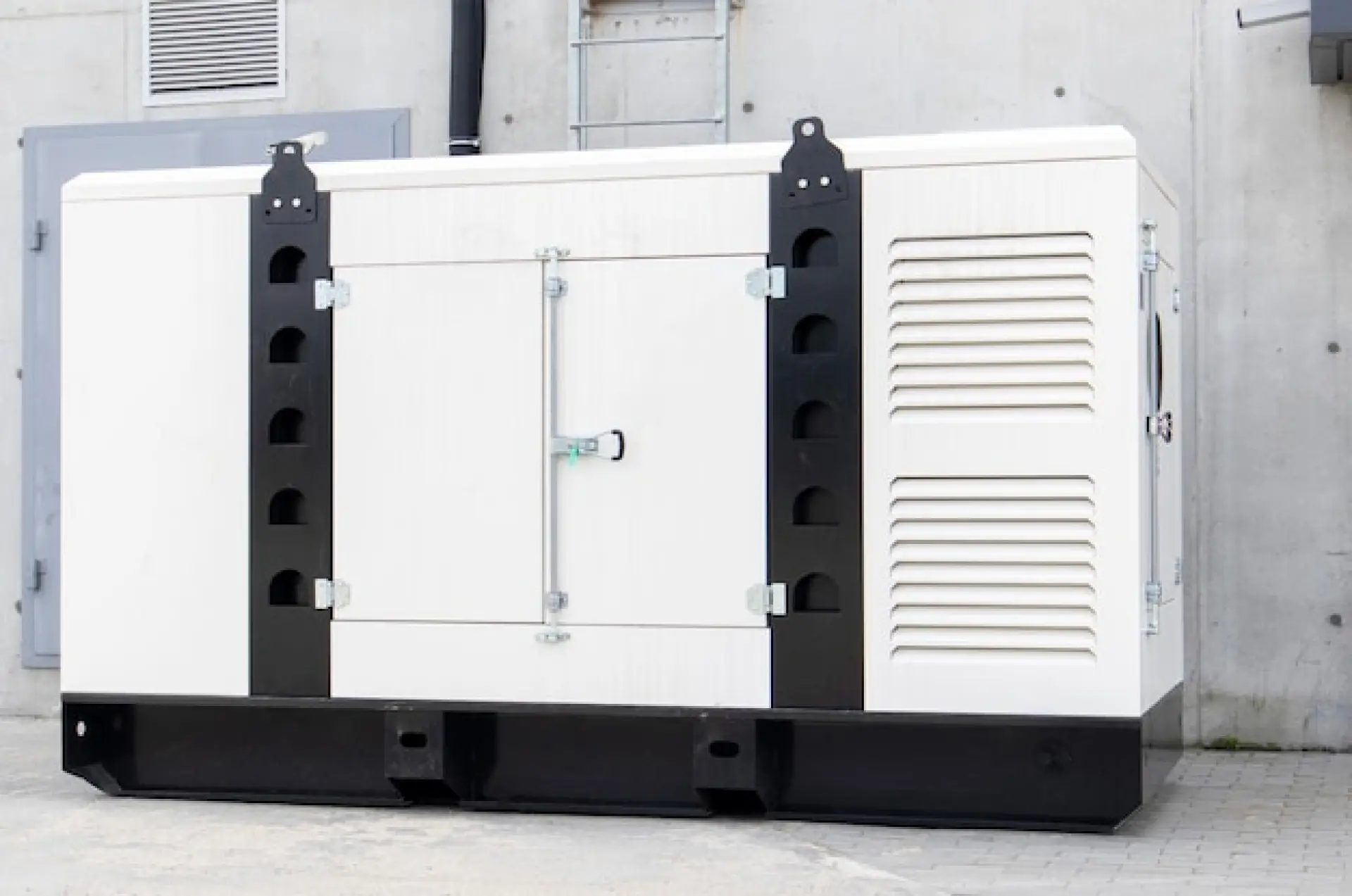
When selecting the type of generator, it is also important to consider its efficiency and long-term operational costs.
Diesel generators, for example, tend to be more fuel-efficient than petrol models, making them a cost-effective solution for prolonged power outages. However, they may require more maintenance and produce higher emissions.
Propane generators are a cleaner option, producing fewer pollutants, but they require on-site fuel storage, which may not be suitable for all properties.
Natural gas generators are a convenient choice, as they connect directly to the local gas supply, eliminating the need for fuel storage, but they are dependent on an uninterrupted gas supply.
Understanding the advantages and limitations of each generator type will help you choose the most practical and cost-effective solution for your home or business.
Sizing Your Generator Correctly
Selecting the right size generator is crucial for efficiency and reliability. A generator that is too small may struggle to power all essential appliances, while an oversized unit can be inefficient and costly to run. Start by calculating the wattage of all the appliances you need to power. Some appliances, such as refrigerators and pumps, have higher start-up wattages, which must be considered.
It is advisable to choose a generator with a slightly higher capacity than your estimated needs to accommodate future changes. Consulting an electrician can help ensure the correct sizing for your property.
Installation Location
Where you install your back-up generator affects both safety and performance. Generators must be placed on a stable, level surface away from potential flooding areas. They should be positioned outdoors to prevent carbon monoxide build-up, ideally at least 1.5 metres from doors and windows.
Consider ease of access for refuelling, maintenance, and repairs. Some homeowners prefer installing standby generators near the main electrical panel for seamless integration. Ensure your chosen location complies with local building codes and manufacturer recommendations to prevent safety hazards.
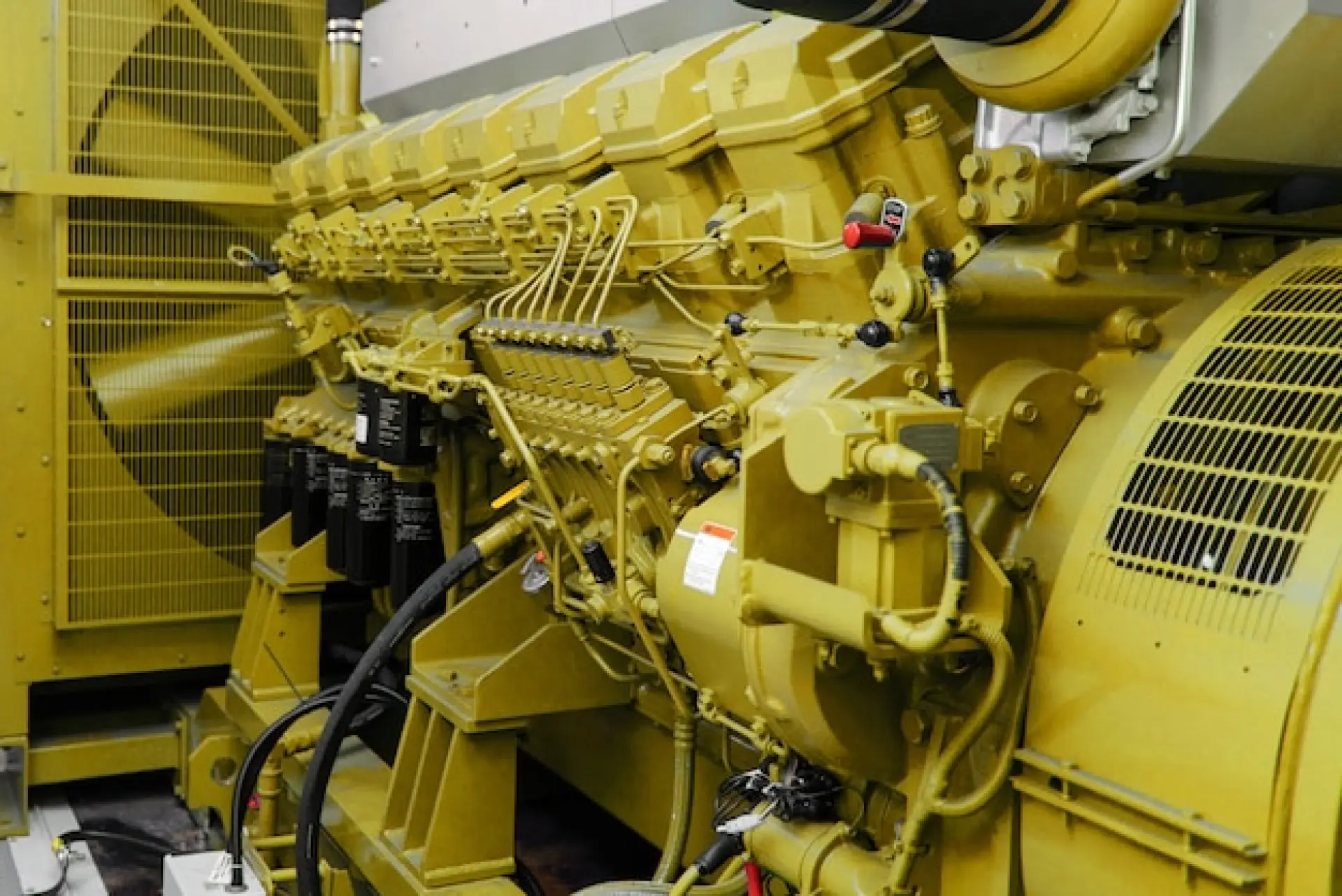
Environmental factors should also be taken into account when choosing an installation location. Generators produce heat and require adequate ventilation to prevent overheating, which means they should not be enclosed in a small, confined space.
In areas prone to extreme weather conditions, additional protective measures such as weatherproof enclosures or elevated platforms may be necessary to shield the generator from rain, snow, or flooding.
Additionally, the placement of the generator should not interfere with foot traffic, driveways, or outdoor living spaces. Planning ahead and choosing the most suitable location will help ensure the generator operates safely and efficiently while minimising disruptions to your property.
Noise Levels and Local Regulations
Generators produce varying noise levels, which can be a concern in residential areas. Inverter generators tend to be quieter than traditional models, making them a better choice for noise-sensitive locations. Many local councils have regulations on acceptable noise levels, particularly for standby generators that operate automatically. Before installation, check local guidelines to ensure compliance.
If noise is a concern, installing soundproof enclosures or choosing a low-noise model can help. Proper placement can also reduce noise impact on your home and neighbours.
Looking for reliable domestic electrician services in Surrey? Redwood Electrical Services is a team comprised of experienced and qualified electricians in the Woking, Guildford, and Cobham areas. Our team delivers friendly and professional electrical services, whether you're dealing with small issues like changing lights or larger projects like full house rewiring.

